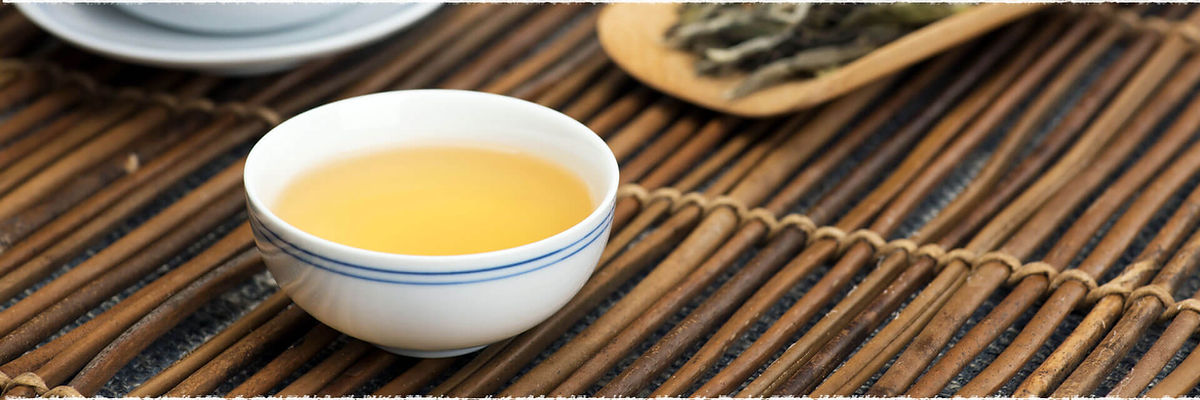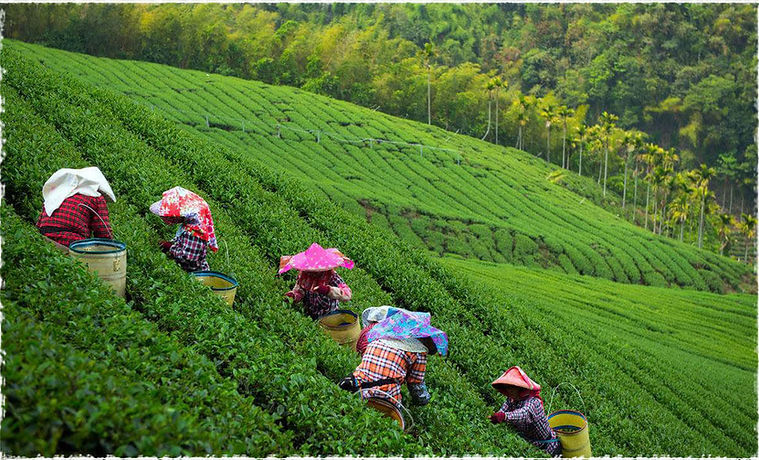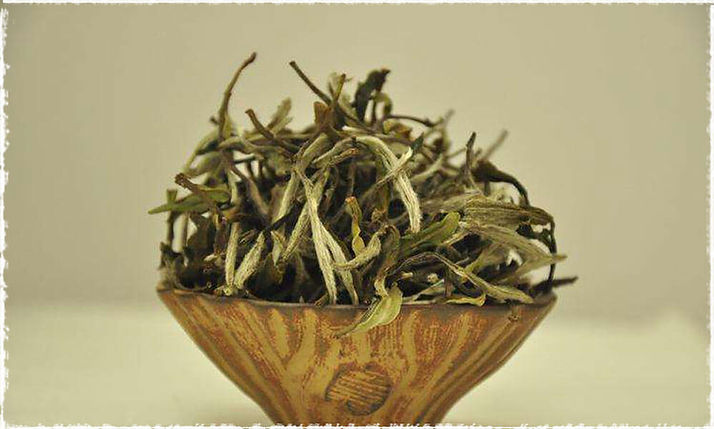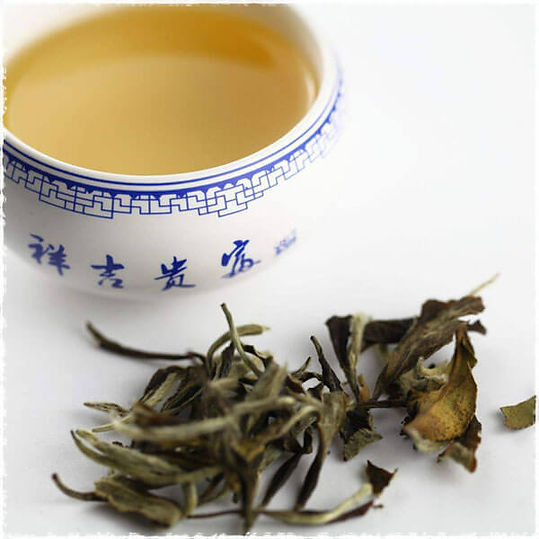
What is White tea?
White tea is one of the most popular kinds of tea in the world. Every day, customers write to us wanting to learn more about white tea’s history and health benefits, and falling in love with white tea through classics like our Wild Bai Mu Dan White Tea and limited offerings like High Mountain Bai Mu Dan. But what is white tea? We take it step by step, from the technical details behind how it’s made to the folk stories and legends behind white tea.
Technical Process
White tea is perhaps the closest you can get in flavor and integrity to picking a leaf right off a tea plant and eating it whole. Unlike green tea, white tea’s oxidization process is stopped as soon as the leaf is picked. Just like after slicing an apple, it browns with exposure to the air: tea gets darker and earthier as it reacts with air. With an apple, this process can be stopped by sprinkling a touch of lemon juice on each slice. With tea, you simply need to apply sufficient heat.
When making green tea, the leaf is allowed to wither and react with the air for several hours before being tumble-dried. White tea by contrast is flash-steamed to halt the oxidization process after picking and then either tumble-dried or allowed to sun dry. The steaming process locks in the natural quality of the leaf and the full potency of flavor.

What Kind of Tea Plants Make White Tea?
Some Fujianese purists assert that only “da bai” varietal plant is true white tea. In fact, white tea as defined by the National Tea Institute in Hangzhou as any tea whose oxidization process is stopped before a withering or drying process instead of after. Any varietal of leaf can be used- from tea plants in Laoshan to wild Yunnan tea.
To extend the apple comparison- apple pie can be made with any varietal of apple. Some may work better than others, but everything is fair game. What defines an apple pie is the process and final form, not the “varietal” of ingredients used. White tea is exactly the same. White tea is a category like green or oolong that can apply to tea from any region.

How do Tea Buds Effect the Flavor of Tea?
White tea is one of the easiest ways to discover the effect of buds in the taste of tea. Most teas on the market are made with leaves, which have amore robust intensity to them. Some teas are made entirely or partially from buds which have a very different flavor and texture to be aware of.
The bud of the tea plant essentially represents potential energy. That bud had stored up energy in the form of sugars that it planned on converting into large leaves. If those leaves never develop and the bud is picked, the flavor of the bud will be sweeter than the flavor of leaves, simply because there are more sugars stored in the bud.
A bud also has a much smaller surface area to volume ratio. This means that there is less space available for the same amount of matter to infuse in the water. This physical effect of slower steeping means a more delicate infusion and a different extraction of the flavor compounds in the tea.
Finally, buds are usually coated in a fine silvery down, which dislodges in steeping and remains suspended in the tea liquor. This down makes for a thicker “chewier” texture to the tea.
All together, buds are going to contribute to a thick, sweet tea with a drawn out aftertaste. Our High Mountain Bai Mudan has a high concentration of bud material, making it very thick and crisp. Our Wild Bai Mudan is balanced between leaf and bud, meaning a more robust flavor and balanced thickness. Trying teas with lots of buds and less buds is a great way to discover the effect that buds have on a tea’s flavor.

How to Brew and Store White Tea
White tea is very easy to brew. It is almost impossible to oversteep. In China, it is commonly sipped directly out of a tempered glass tumbler. Use under-boiling water around 200 degrees and about 4 grams of leaf. Either sip directly out of a 12oz glass, or use a brew basket to stop the brewing process after about 20 seconds. White tea also performs beautifully in a gaiwan.
White tea does not need refrigeration. Store it in a relatively airtight container away from heat and smells. Some white tea aficionados swear that white tea gets better with age. Its shelf life is much longer than green tea, making it a great tea to stock up on and enjoy every day.







